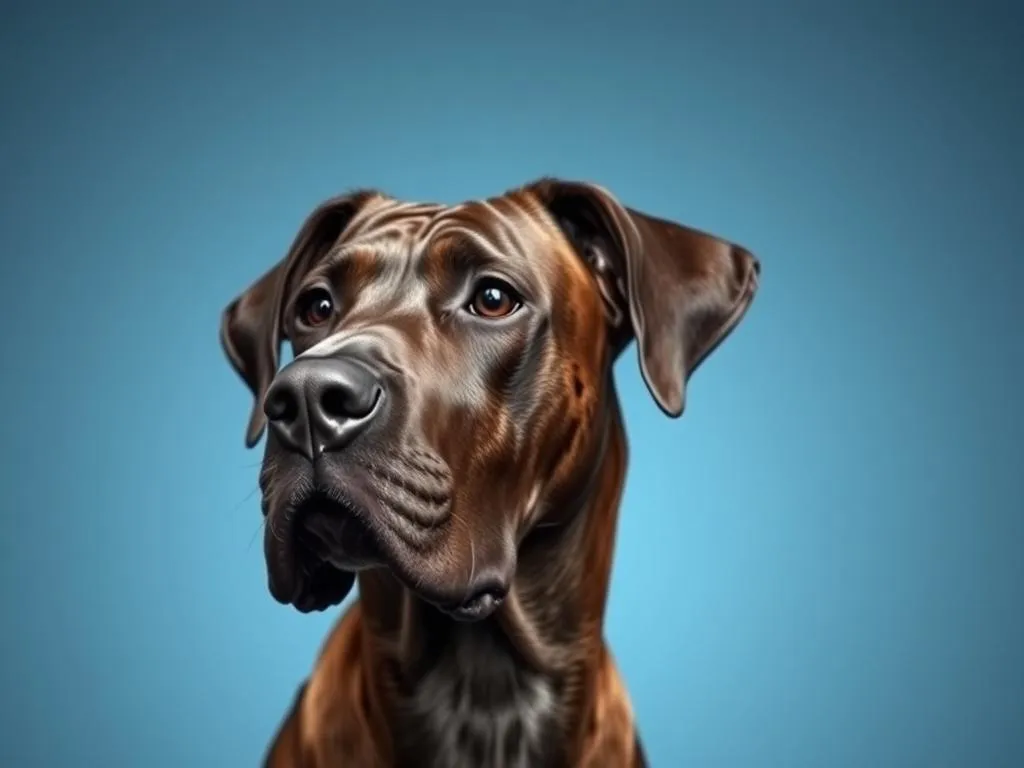
Introduction
Dog health care is a critical aspect of responsible pet ownership, encompassing a range of practices aimed at ensuring the well-being of our furry companions. One of the most significant decisions owners face is whether to spay or neuter their dogs. This procedure not only contributes to population control but also offers numerous health benefits for dogs.
Spaying refers to the surgical removal of a female dog’s reproductive organs, while neutering involves removing the testicles of a male dog. Both procedures help prevent unwanted litters and reduce the risk of certain health issues. When it comes to Great Danes, a breed known for its size and unique health considerations, making an informed decision about spaying or neutering is essential.
In this blog post, we will explore the best practices for spaying and neutering a Great Dane, focusing on timing, health benefits, potential risks, and post-operative care.
Understanding Spaying and Neutering
What is Spaying?
Spaying is a surgical procedure that removes the ovaries and usually the uterus of a female dog. This process is typically performed under anesthesia and involves making an incision in the abdomen.
Benefits for female dogs include a reduced risk of mammary cancer, elimination of the risk of uterine infections (pyometra), and prevention of heat cycles, which can lead to unwanted behaviors and attract male dogs.
What is Neutering?
Neutering involves the surgical removal of a male dog’s testicles, which also requires anesthesia and an incision.
The benefits for male dogs include a lower risk of testicular cancer, reduced incidence of prostate diseases, and less tendency to roam or exhibit aggressive behaviors.
Common Myths and Misconceptions
There are several myths surrounding spaying and neutering, particularly concerning large breeds like Great Danes. One common misconception is that spaying and neutering will cause dogs to become overweight or lazy. While it’s true that hormonal changes can affect metabolism, responsible pet ownership with proper diet and exercise can mitigate weight gain.
Another myth is that these procedures will alter a dog’s personality. In reality, spaying or neutering can help reduce unwanted behaviors, making dogs more manageable without changing their essential temperament.
The Importance of Timing
Factors Influencing the Decision to Spay or Neuter
Several factors play a role in determining the right time to spay or neuter a Great Dane:
- Age of the dog: Younger dogs recover faster but may not have completed their physical development.
- Size and breed considerations: Larger breeds like Great Danes may have different health considerations than smaller breeds.
- Health status and pre-existing conditions: Any underlying health issues should be discussed with a veterinarian prior to the procedure.
Recommended Age for Spaying and Neutering Great Danes
Veterinary guidelines often suggest that spaying or neutering a Great Dane should occur after the dog has reached a certain age, typically around 12 to 18 months. This timing allows for the dog’s growth plates to close, reducing the risk of orthopedic issues later in life.
Early spaying or neutering can lead to developmental problems, whereas waiting too long can increase the risk of certain cancers. It’s essential to balance these factors with your veterinarian’s advice.
Signs Your Great Dane Might Be Ready
Recognizing when your Great Dane might be ready for spaying or neutering can involve observing physical and behavioral signs:
- Physical signs: Look for signs of maturity, such as a decrease in playful behavior and the start of heat cycles in females.
- Behavioral signs: If your dog displays increased aggression or territorial behavior, it could be a sign that spaying or neutering would be beneficial.
Consulting with a veterinarian can provide personalized advice based on your dog’s unique circumstances.
Health Benefits of Spaying and Neutering Great Danes
Preventive Health Care
One of the most significant advantages of spaying and neutering is the preventive health care benefits:
- Reduction of certain cancers: Spaying a female dog greatly reduces the risk of mammary cancer and eliminates the risk of uterine infections (pyometra). Neutering a male dog decreases the risk of testicular cancer.
- Prevention of pyometra in females: This potentially life-threatening condition occurs when the uterus becomes infected, and spaying eliminates this risk entirely.
Behavioral Benefits
Behavioral improvements can also result from spaying and neutering:
- Decreased aggression and territorial behavior: Neutering male dogs often leads to less aggressive behaviors, making them more sociable.
- Reduction in marking and roaming tendencies: Neutered dogs are generally less likely to mark their territory or roam in search of a mate.
Long-term Health Implications
Considering the long-term health implications, spaying and neutering can contribute to a longer lifespan for your Great Dane.
- Lifespan considerations: Studies indicate that spayed and neutered dogs tend to live longer, healthier lives.
- Impact on joint health: Spaying and neutering at the right age may help mitigate risks of joint issues often seen in large breeds, such as hip dysplasia.
Risks and Considerations
Potential Risks of Spaying and Neutering
While the benefits of spaying and neutering are significant, it’s essential to be aware of potential risks:
- Surgical risks and complications: As with any surgery, there are risks associated with anesthesia and the possibility of post-operative complications.
- Weight gain and metabolic changes: Some dogs may experience weight gain due to hormonal changes, necessitating careful management of diet and exercise.
Emotional and Behavioral Considerations
The emotional and behavioral impact of spaying and neutering can vary by individual dog:
- Impact on behavior and personality: While many dogs exhibit improved behavior post-surgery, some may experience anxiety or changes in personality.
- Understanding breed-specific traits: Great Danes are known for their gentle and affectionate nature; understanding how spaying or neutering may affect these traits is crucial.
Alternatives to Spaying and Neutering
For those hesitant about spaying or neutering, there are alternatives:
- Hormonal treatments: These can help manage heat cycles in females without surgery, though they may have side effects.
- Behavioral training and management strategies: Techniques focusing on behavior modification can sometimes replace the need for surgical intervention.
Preparing for the Procedure
Pre-Operative Checklist
Before spaying or neutering your Great Dane, ensure you have a solid pre-operative checklist:
- Veterinary consultations and assessments: Regular check-ups with your vet can help identify any health issues that need addressing before surgery.
- Necessary vaccinations and health screenings: Ensure your dog is up-to-date on vaccinations and has undergone necessary health screenings.
What to Expect During the Procedure
Understanding the surgical process can help you prepare for the day of the procedure:
- Overview of the surgical process: Spaying and neutering are usually performed as outpatient procedures. The surgery itself typically lasts about 30 minutes to an hour.
- Anesthesia and recovery: Your dog will be under general anesthesia, and recovery time will vary. Most dogs will be back to their normal selves within a few days.
Post-Operative Care for Great Danes
Post-operative care is vital for ensuring a smooth recovery:
- Home care instructions: Follow your veterinarian’s instructions regarding activity restrictions, wound care, and medication administration.
- Recognizing complications that may arise: Monitor your dog for signs of infection or unusual behavior, and contact your vet if you notice anything concerning.
Conclusion
In conclusion, determining when to spay or neuter a Great Dane is a crucial decision that requires careful consideration and consultation with a veterinarian. By understanding the benefits, risks, and optimal timing for these procedures, you can make an informed choice that supports your dog’s health and well-being.
Responsible pet ownership includes timely health care decisions, and ensuring your Great Dane receives proper medical care is paramount. Remember, every dog is unique, so personalized veterinary advice is invaluable in navigating this important aspect of dog health care.
As you embark on this journey, keep in mind that the ultimate goal is to provide a long, healthy, and happy life for your beloved Great Dane.









